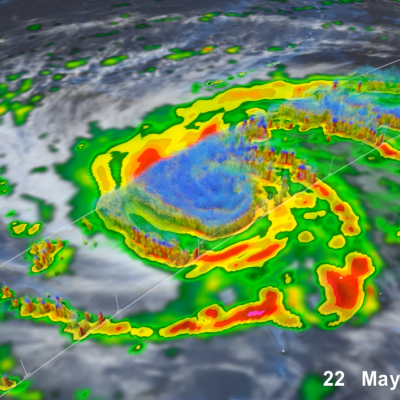PPS has begun to generate the IMERG V07 Final data product. In the coming months, PPS will create IMERG V07 Final files for the entire period of record, which starts in June 2000. PPS will finish reprocessing Version 07 Final IMERG before starting to generate the V07 near real-time (NRT) IMERG data products. The NRT IMERG data products are IMERG Early (with 4-hour latency) and IMERG Late (with 14-hour latency). Early and Late IMERG reprocessing is currently scheduled to begin in November 2023, and it will take PPS several months to create the full period of record (June 2000 to present)


